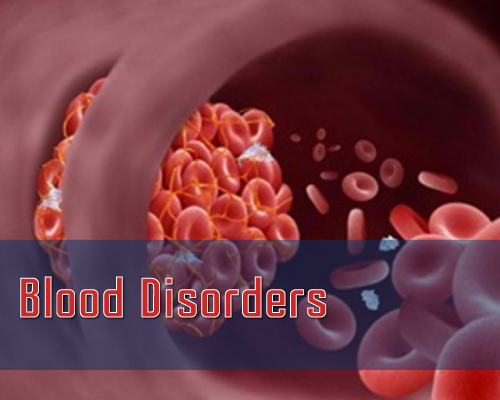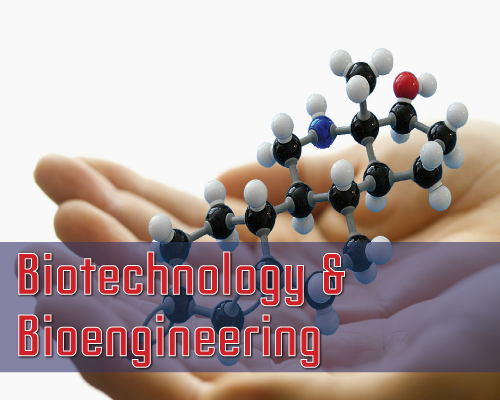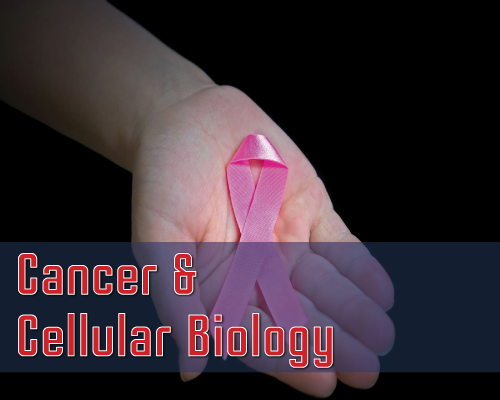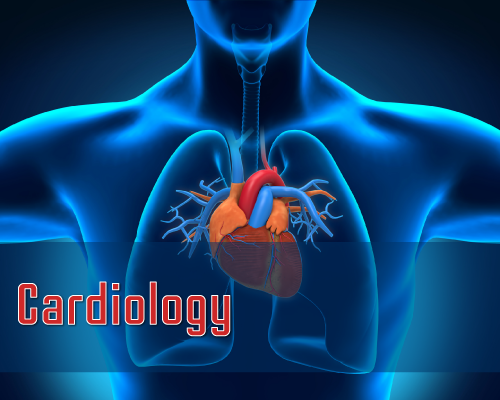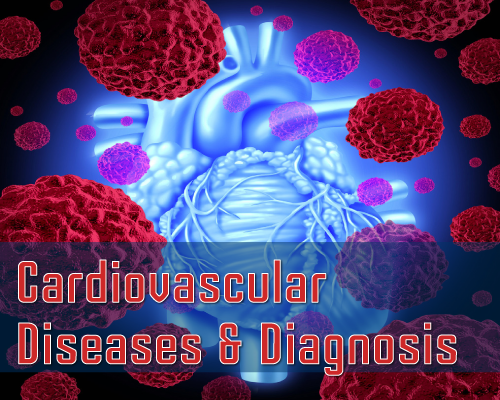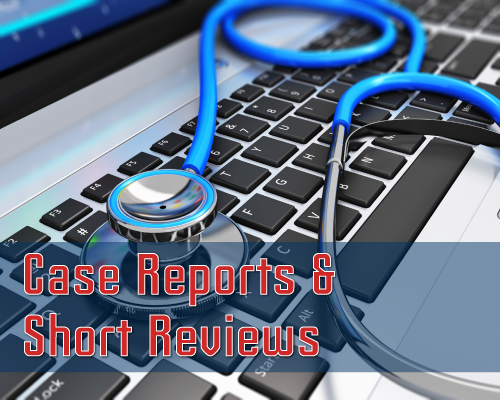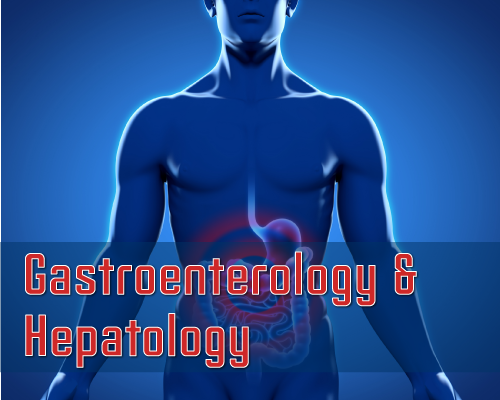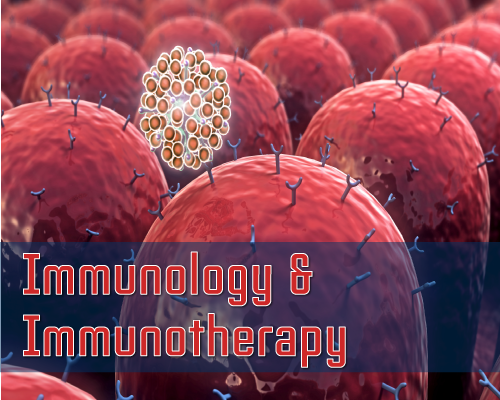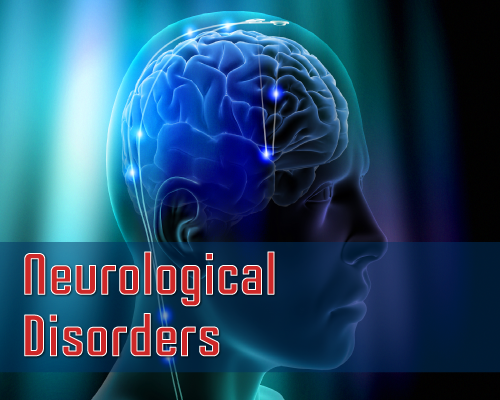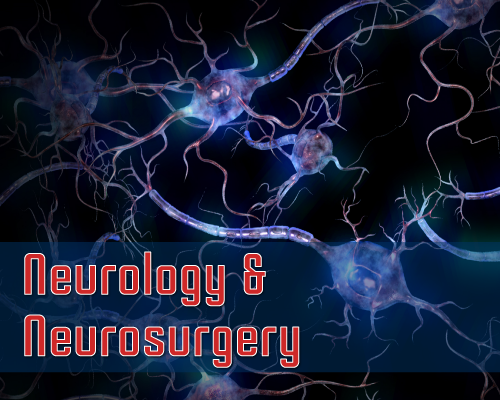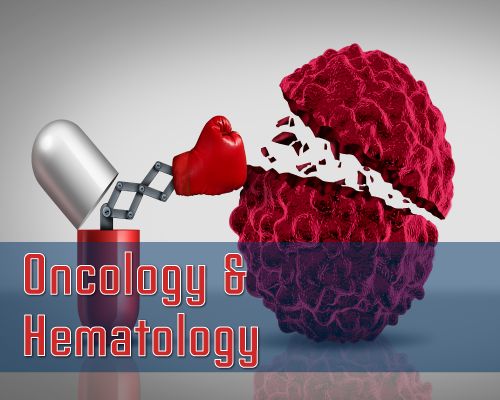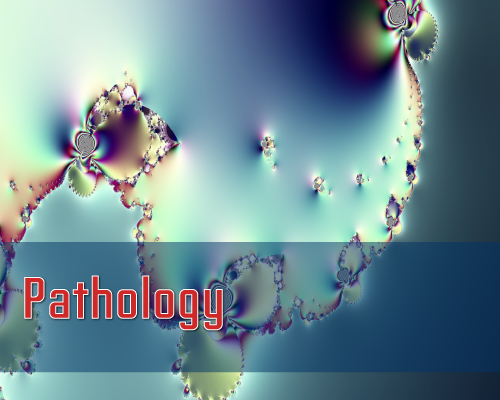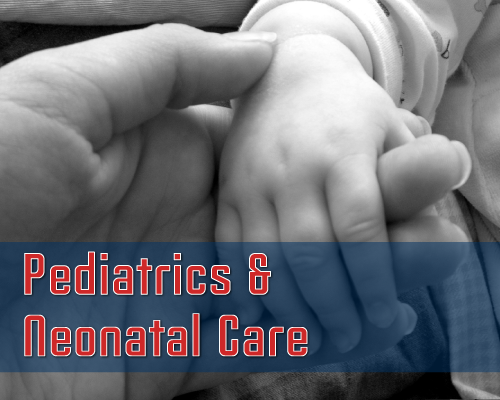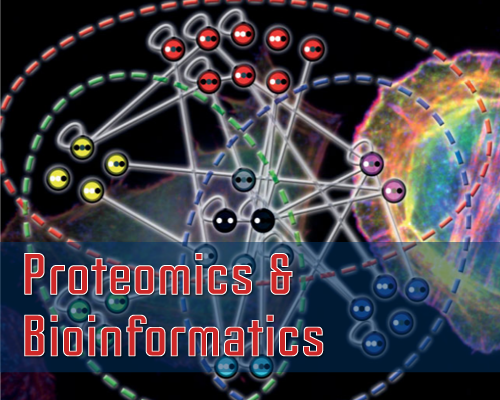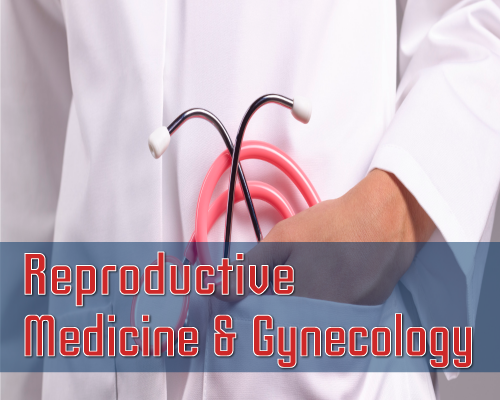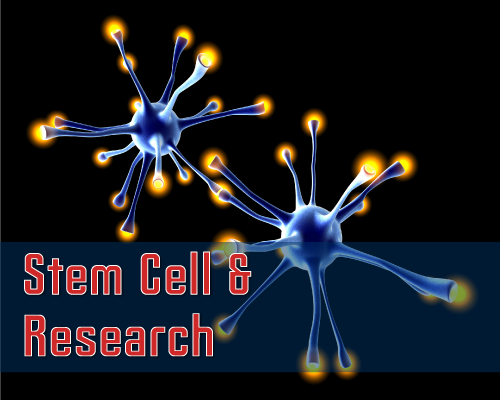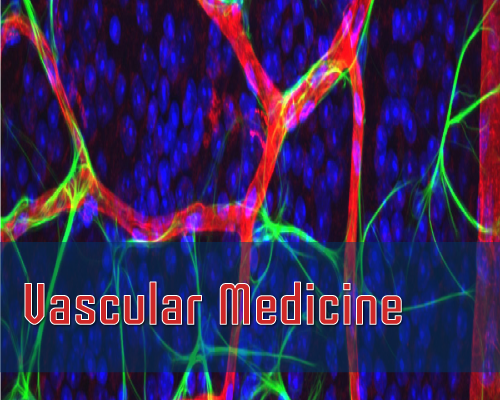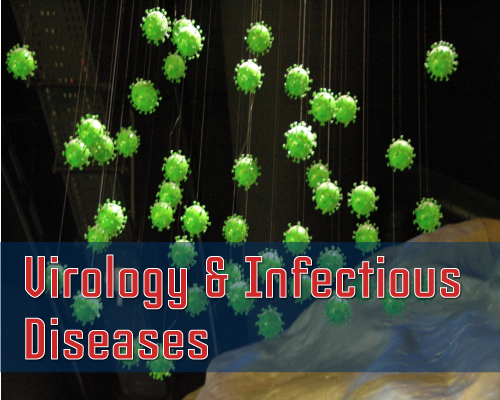Volume 1 Issue 1
Research Article: Effect of Continuous Local Anesthetic use for Pain Control and Narcotic use after Cesarean Section: A Randomized Trial
- Yaklic JL*, Maxwell RA, Urschel KB, Robinson S, Dearmond MK and Lindheim SR
Background: Post-operative pain control after Cesarean delivery is a major concern for both patients and physicians. The current literature provides mixed results on the effectiveness of the local continuous infiltration of anesthesia for pain control and reduction of morphine use.
Methods: This was a randomized, double-blind, placebo controlled trial with a 1:1 group allocation. Fifty women who had a Cesarean delivery were randomly assigned to receive bupivacaine (Bupivacaine group) or saline (Saline group) delivered via locally placed catheters at the sub-fascial plane and at the uterine incision. Forty women (20 per group) completed the study. Total post-operative narcotic use and analog pain scale scores were used to evaluate efficacy of treatment at 6, 12, 24 and 48 hours after surgery.
Results: There was a reduction in pain and narcotic use in the Bupivacaine group at 6, 12, and 48 hours (p < 0.09). Regardless of group assignment, women who had a prior Cesarean section, versus primagravida women, had a higher total narcotic use (58.06 mg vs. 38.28 mg, respectively; p < 0.03).
Conclusions: Dual catheter placement and infusion of bupivacaine has potential to decrease the use of narcotics and decrease pain following cesarean section, however, given the small sample size in this study, a significant difference between groups could not be delineated. Further study is indicated to investigate catheter placement and its effects on pain control and narcotic use.
Cite this Article: Yaklic JL, Maxwell RA, Urschel KB, Robinson S, Dearmond MK, et al. Effect of Continuous Local Anesthetic use for Pain Control and Narcotic use after Cesarean Section: A Randomized Trial. Open J Surg. 2017;1(1): 026-030.
Published: 20 December 2017
Review Article: High Frequency Spinal Cord Stimulation: a Review and Introduction to a Novel Wireless Technology for Neuromodulation
Laura Tyler. P*
Spinal Cord Stimulation (SCS) is established as standard of care in the management of chronic intractable back pain and leg pain. The conventional SCS frequency has certain limitations in yielding a satisfactory analgesia especially in cases of axial back pain and also due to unpalatable paresthesia resulting from the stimulation. Continued experimental work provided information about the improved results when the frequency of SCS is increased. Pilot studies and recent randomized controlled trial revealed that SCS at Higher Frequency (HF) produces better pain relief without the accompanying paresthesia. HF SCS in its current available form has an apparatus that requires implantation of all its components (electrodes, extension wires and implantable power generator) and inherits the associated complications. Our technology has introduced wireless neuromodulation where-in, and receiver to make only the electrode array needs to be inside the body and power source has wider range of stimulation parameters available, controlled by a remote device. This was approved by FDA and CE and has been in clinical use. Wireless HF stimulation in our experience with 37 cases of refractory back pain, produced the desired pain control and yet devoid of the complications related to the conventional SCS. Because of its simplicity, the device is cosmetically better with reduced surgery costs and maintenance. Further larger multicenter prospective randomized trials are expected to establish the safety and efficacy of this minimally invasive wireless technology.
Cite this Article: Laura Tyler Perryman. High Frequency Spinal Cord Stimulation: a Review and Introduction to a Novel Wireless Technology for Neuromodulation. Open J Surg. 2017;1(1): 020-025.
Published: 05 December 2017
Research Article: Surgical Treatment of Hepatic Hydatid via Low-Traumatic Approach (the Experience of the Peace-support Mission in Afghanistan)
Ievgen Tsema* and Vladimir Negoduyko
The aim of the study was to estimate the results of using the low-traumatic approach in the surgical treatment of patients with large hepatic hydatids.
Materials and methods: The results of the surgical treatment of 81 patients with large hydatid cysts in the Islamic Republic of Afghanistan have been analyzed. The patients were divided into 2 groups. The main group consisted of 40 patients, which underwent hydatidectomy via low-traumatic approach. The control group consisted of 41 patients, which underwent hydatidectomy via traditional open laparotomy. Both groups of the patients were comparable by sex, age, and stage and cyst localization.
Results: It was defined that 76 (93.8%) patients had large and giant hepatic hydatids. The duration of the disease manifestation in the patients varied from 3 months to 12 years. 63 (77.8%) patients had foreign body feeling in the abdominal cavity and constant or intermittent pain in the right hypochondrium. 18 (22.2%) patients had palpable neoplasm but they didn't have any visible abdominal deformations. Hydatidectomy using the low-traumatic approach was possible in 38 (95.0%) patients of the main group. The usage of the proposed approach allowed to significant improvement in the life quality characteristics of the patient in the early postoperative period, such as a total duration of the in-patient treatment, a duration of the in-patient treatment after surgery, a duration of postoperative pain syndrome requiring the use of an analgesic, a duration of the intestinal peristalsis recovery, a duration of the infusion therapy after the surgery, a duration of the bed rest. Moreover, the use of low-traumatic approach allowed to significant reduction of the time of returning to a habitual physical activity and to essential decrease of a duration of discomfort feeling in the wound area.
Conclusion: Usage of the low-traumatic surgical approach is a reliable and a safe method of treatment of the patients with large and giant hepatic hydatids, including ones complicated by suppuration. Furthermore, the proposed approach can be useful for the hepatic hydatid treatment in the endemic developing countries, where there is no access to video image endoscopy surgical equipment.
Cite this Article: Tsema I, Negoduyko V. Surgical Treatment of Hepatic Hydatid via Low-Traumatic Approach (the Experience of the Peace-support Mission in Afghanistan). Open J Surg. 2017;1(1): 015-019.
Published: 21 October 2017
Abdul Rehman, Noor Ul-Ain Baloch, Muhammad Awais*
Gossypiboma is an infrequent but devastating consequence of a human error. Most often, patients present with vague clinical features and the diagnosis is made several years after the initial surgical procedure. Diagnosis of a gossypiboma has important clinical and medico legal implications and therefore, patients must be provided accurate information in an appropriate manner to help them make informed decisions. Prevention of such untoward incidents can be achieved by improving communication amongst members of the operating team and strictly adhering to sponge-counting protocols. Awareness among all general physicians, surgeons and radiologists regarding this important clinical entity is vital to vouchsafe patient safety and prevent unnecessary morbidity.
Keywords: Gossypiboma; Retained Surgical Sponges; Medical Errors.
Cite this Article: Rehman A, Ul-Ain Baloch N, Awais M. Gossypiboma (Retained Surgical Sponge): an Evidence-Based Review. Open J Surg. 2017;1(1): 008-014.
Published: 07 September 2017
Mirko Barone*, Marco Prioletta, Luigi Guetti, Giuseppe Cipollone, Decio Di Nuzzo, Pierpaolo Camplese, Felice Mucilli
Not with standing advances in clinical and surgical oncology, primary pulmonary leiomyosarcoma remains a highly aggressive tumor with poor prognosis. It is a rare tumor, whose pathophysiology and the promoting genetic mechanisms of these tumors are still unclear. Aim of this work is a complete and exhaustive review on the morphological characteristics, clinical findings and current therapeutic strategies according to recent reports present in the literature.
Cite this Article: Barone M, Prioletta M, Guetti L, Cipollone G, Di Nuzzo D, et al. About Primary Pulmonary Leiomyosarcoma: A Very Rare Highly Aggressive Neoplasm. SRL Surg. 2017;1(1): 001-007.
Published: 27 January 2017
Authors submit all Proposals and manuscripts via Electronic Form!


